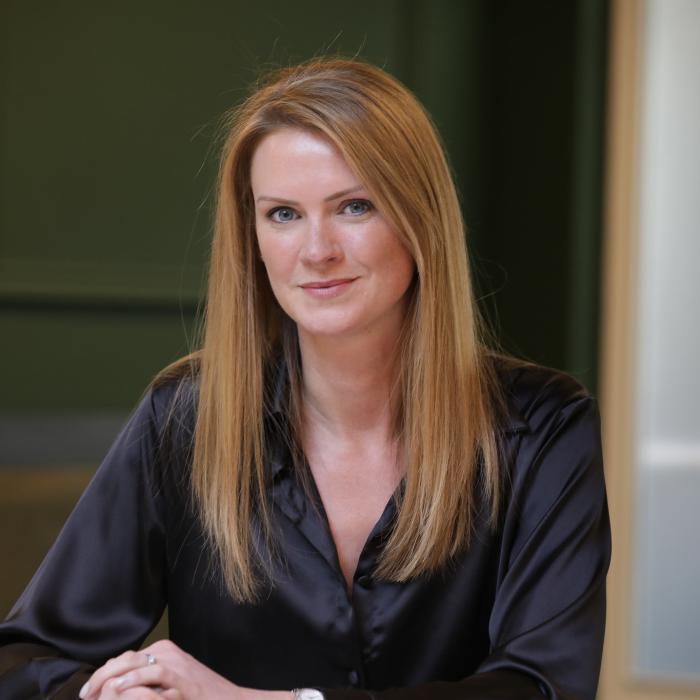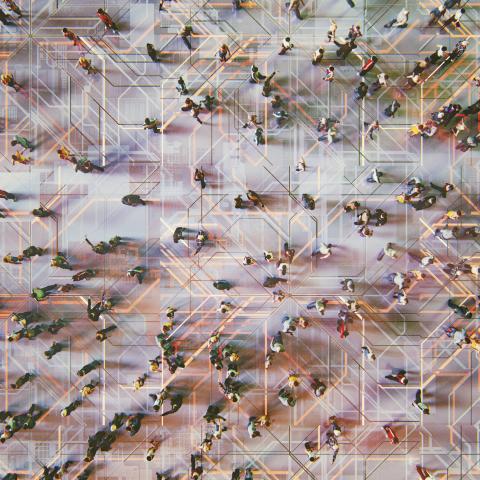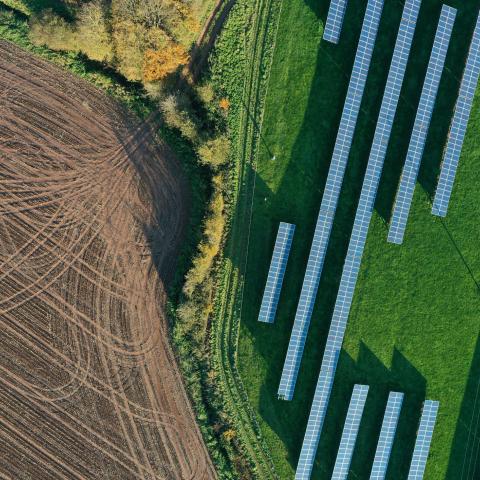Home, work, communities and changing spaces

By Debbie Standen, Property
As cities across the UK return to varying levels of lockdown, the new hiatus has thrown fresh light on the conversations around the changing ways of life and what this means for the future of our homes, towns and cities. Some six months on and certain consensuses are starting to form from early theories and there is an increasingly shared understanding of how and where we will want to live and work.
Community is a reoccurring theme – and a welcomed one in the face of a loneliness epidemic across many of our cities. Spending more time at home has exposed people to the breadth of their immediate community that they wouldn’t have been aware of and given the opportunity to experience the positive impact it can have. As time goes on and we move to a more localised way of living, the importance of community seems to be growing. Sales and lettings agents are fielding more queries into the quality of the community and the sorts of things residents have going on as they do for the range of amenities or parking.
And it’s not just at home. The increased time out of the office (or equivalent) has led to a realisation of the importance of the work family. Working from home is nice. But it’s not for everyone and not all the time. An innate craving for community and desire to connect are also driving the creation of new more localised places to meet and share ideas in a professional capacity: ‘casual’ workspaces some 10 – 15 minutes from home for people to meet, work together, collaborate and innovate. Also, to get and lend all-important moral support that a Zoom call simply can’t replicate.
The conversion of former commercial premises is already seeing these kinds of new spaces emerge. Most notably, Westfield London announced plans earlier this summer to convert unused retail space into co-working space. The integration of innovative quality workspaces within new build developments, particularly in larger cities, is also becoming a more prevalent theme in early design.
The concept of the 20-minute neighbourhood from New London Architecture (NLA), and Raconteur’s 15-minute town, both published in the last three months, now seem like a growing prospect.
Flexibility is unanimously word of the year when it comes to how we live – part driven by desire, part necessity. And single-use spaces and places are fading fast.
It’s widely accepted that home is no longer a place solely for relaxation and respite. The multiple and flexible use of spaces – indoor and out – is here to stay. This has led to a relatively swift U-turn on the home aspiration that has dominated the last two decades – open plan living. This is no longer functional for a space that now needs to be a place to relax, a place to work, a placed to learn, a place to – eventually – spend time with friends and family; at some points all at the same time.
There are more reports of renters and buyers placing more consideration on thoughtful home design, with spaces created specifically for these uses in mind. Not just extra plug sockets for more laptops but the entire configuration; where plug sockets are located in relation to the windows – can you work from home with a view? Are there separate or at least distinctive spaces for work and leisure? And the privacy for both to co-exist simultaneously as they will now often need to? Many commentators are citing this is one of the biggest architectural challenges in the years to come.
And, no surprise, that broadband speed and bandwidth is now listed as essential, somewhere between running water and central heating. Where this puts UK towns and more remote locations that have fallen short of Government’s various broadband infrastructure improvement schemes is yet to be seen.
In the midst of the many conversations and speculations, a prominent message resounds: not to forget the renowned resilience and creativity of this country’s people and places, and not to underestimate our capability of reinvention








